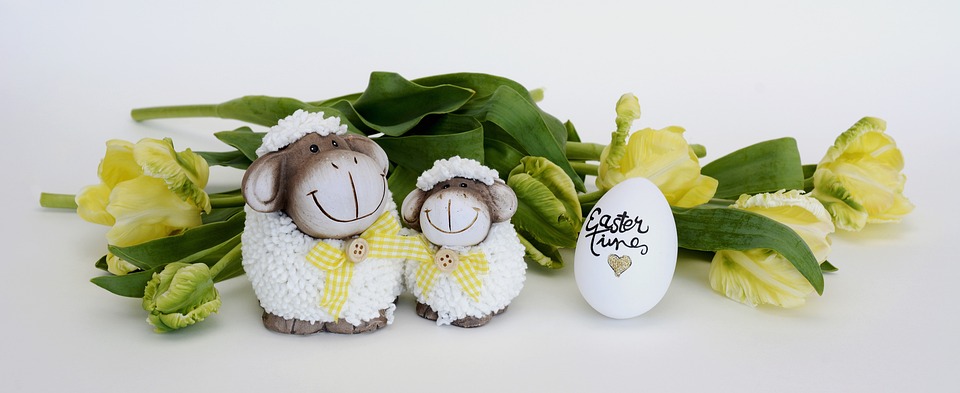Parrots are highly intelligent and social creatures that thrive on mental stimulation and social interaction. Playtime plays a crucial role in their overall well-being, and understanding the signs of playfulness can help you initiate interactive play sessions with your feathered friend. In this article, we will explore the various behaviors exhibited by playful parrots and provide tips on how to engage them in fun-filled activities.
Recognizing Signs of Playfulness in Parrots
1. Body Language
– Tail wagging: A gentle side-to-side movement of the tail can indicate excitement and playfulness.
– Fluffed feathers: When a parrot fluffs up its feathers, it is often a sign of contentment and readiness for play.
– Head bobbing: Parrots may bob their heads up and down as a playful gesture or to grab your attention.
– Wing flapping: Spreading and flapping their wings can be a sign of enthusiasm and readiness for play.
2. Vocalizations
– Chirping and singing: Parrots are known for their melodious vocalizations, and playful chirping and singing are often signs of a happy and engaged bird.
– Mimicking sounds: If your parrot starts to mimic your laughter or other playful sounds, it is an indication of their desire to interact and have fun.
3. Physical Interactions
– Nibbling and pecking: Gentle nibbling or pecking at your fingers or clothing can be a playful behavior.
– Climbing and hanging: Parrots love to climb and hang from various perches or toys. If your parrot starts exploring its environment in this manner, it is likely seeking playtime.
Initiating Interactive Play with Your Parrot
1. Provide a Variety of Toys
– Offer toys that encourage physical activity, such as swings, ladders, and ropes.
– Puzzle toys and foraging toys can stimulate your parrot’s problem-solving skills and provide mental stimulation.
2. Engage in Interactive Games
– Peek-a-boo: Hide behind a curtain or your hands and surprise your parrot with a playful “peek-a-boo” game.
– Feather wand play: Use a feather wand or a long stick with a feather attached to entice your parrot to chase and play.
3. Music and Dancing
– Play lively music and dance around with your parrot. They might join in by bobbing their head, flapping their wings, or even imitating your dance moves.
4. Positive Reinforcement
– Reward your parrot with treats, praise, and affection whenever they actively participate in playtime activities. Positive reinforcement encourages repeat behavior.
FAQs about Parrot Playfulness
1. How often should I engage in interactive play with my parrot?
– It is recommended to spend at least 1-2 hours of interactive playtime with your parrot every day to ensure their mental and physical well-being.
2. What if my parrot doesn’t show interest in toys or playtime?
– Experiment with different types of toys and play activities to find what captures your parrot’s interest. Seek advice from avian behavior experts if needed.
3. Is it safe to let my parrot play with household items?
– While some household items can be safe for parrot play, it is essential to ensure they are non-toxic and free from small, swallowable parts to prevent any accidents or health hazards.
4. Can parrots play with other pets in the household?
– It depends on the temperament of the other pets. Always supervise interactions between parrots and other animals to ensure the safety of both.
Remember, every parrot has unique preferences and personalities, so it’s important to observe and understand your parrot’s individual behavior cues. By recognizing signs of playfulness and engaging them in interactive play, you can strengthen the bond with your feathered companion while providing them with the mental and physical stimulation they need for a happy and fulfilling life.









